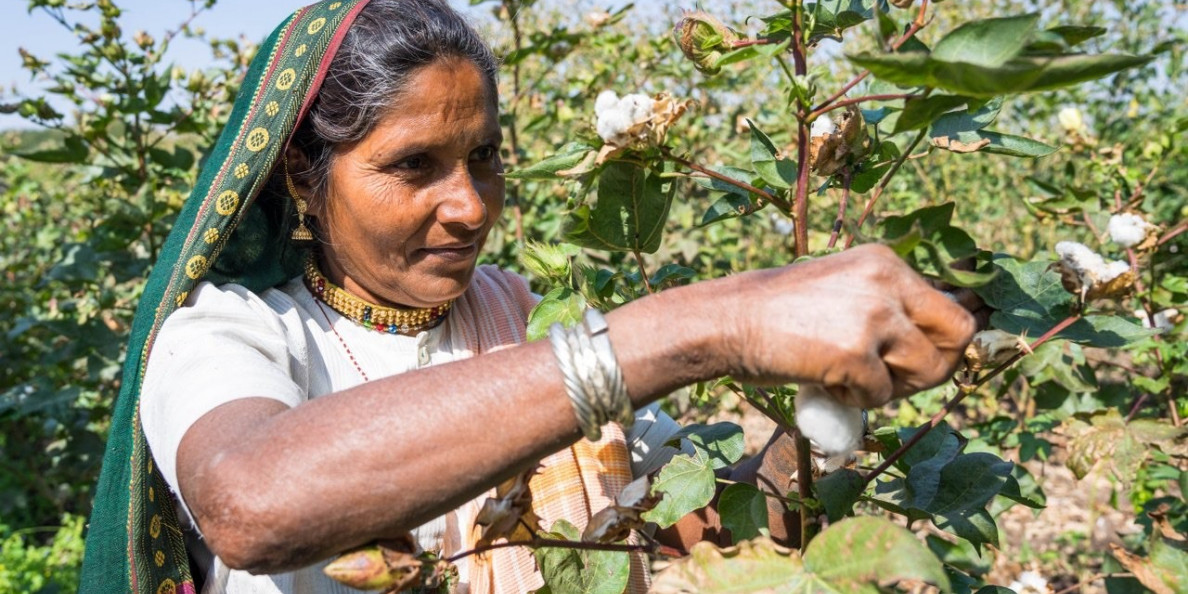This year’s cotton crop in India may well be the lowest in a decade.
The Cotton Association of India (CAI) now estimates 33.5 million bales (170 kgs each) for this year’s (October 2018-September 2019) crop.
In October 2018, the estimate was about 34.8 million bales. Within a 3-month duration, the estimate has been downsized by 1.3 million (13 lakh) bales. Deficient rainfall has been attributed to be the main reason, which has been evident in the plant sizes even in October. Plant sizes were observed to be not more than four feet during the period, when 5-6 feet of growth would normally have been observed.
“The rainfall situation has made sure that there is no scope for third and fourth pickings, and hence farmers have uprooted the plant,” stated Atul Ganatra, president of CAI. Some state governments advised farmers to uproot cotton plants by the end of December 2018 to give room for Rabi crops such as pulses, as well as a precautionary measure against pink bollworms.
Currently, there is no cotton plant on the ground in Gujarat, stated a cotton expert from Rajkot, Gujarat. The source added that growers with irrigation have already planted pulses.
While the significant reduction estimate has been based on rainfall situation, spinners feel that a reliable production estimate is needed in a timely manner according to S. Velmurugan, general manager of Jayalakshmi Textiles, which has about 70,000 ring spindles. Velmurugan, who has been in the spinning industry for 28 years, stated that wide range data fluctuations affect the spinning sector, particularly in making decisions about cotton purchasing and stocking.
Today, seed cotton (Kapas) prices in India are ruling above the minimum support price, which is positive for the farmers. Another factor that could influence cotton planting in the next season is the excess global availability of palm and soybean oils. This situation may not encourage Indian cotton farmers to divert to other options in the next season.
However, views from the spinning sector show that yarn demand is not that high, which may influence cotton pricing and post-harvest sectors.
As a historical note, India’s 2010-11 crop was 34.5 million bales (170 kgs each), and the highest since that time has been 40.2 million bales in the 2013-14 crop year.
Πηγή: Cotton Grower

